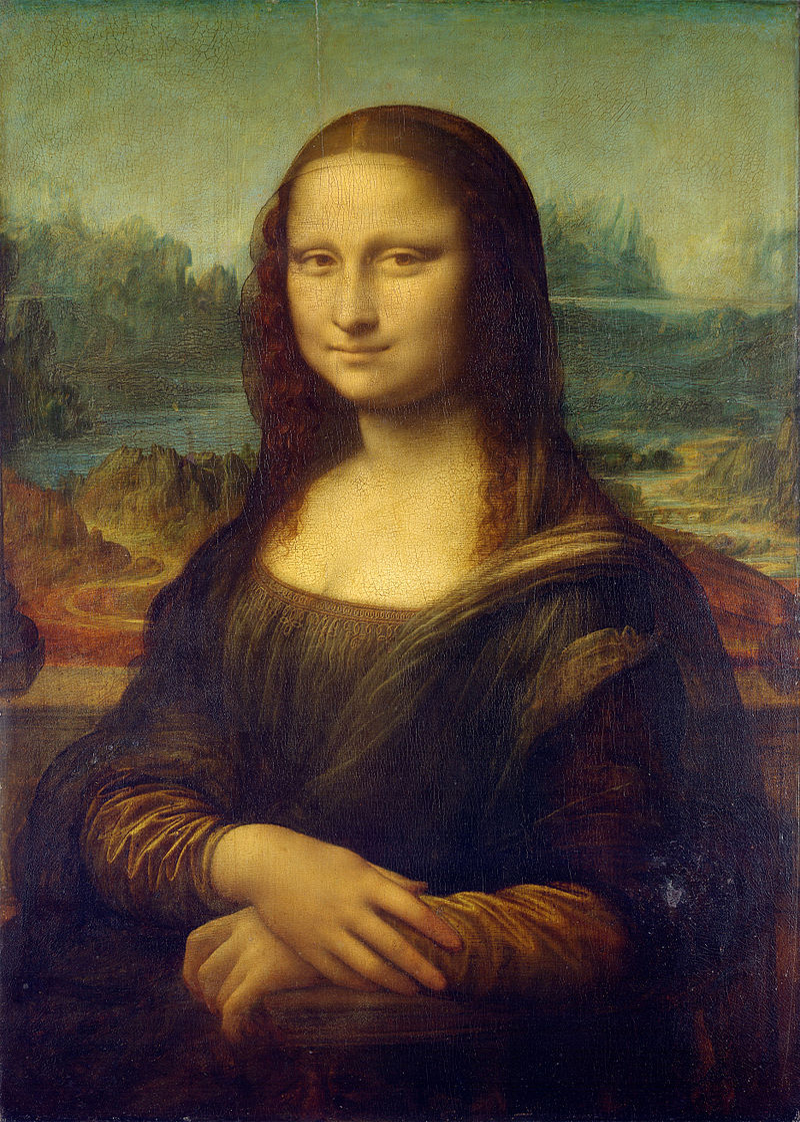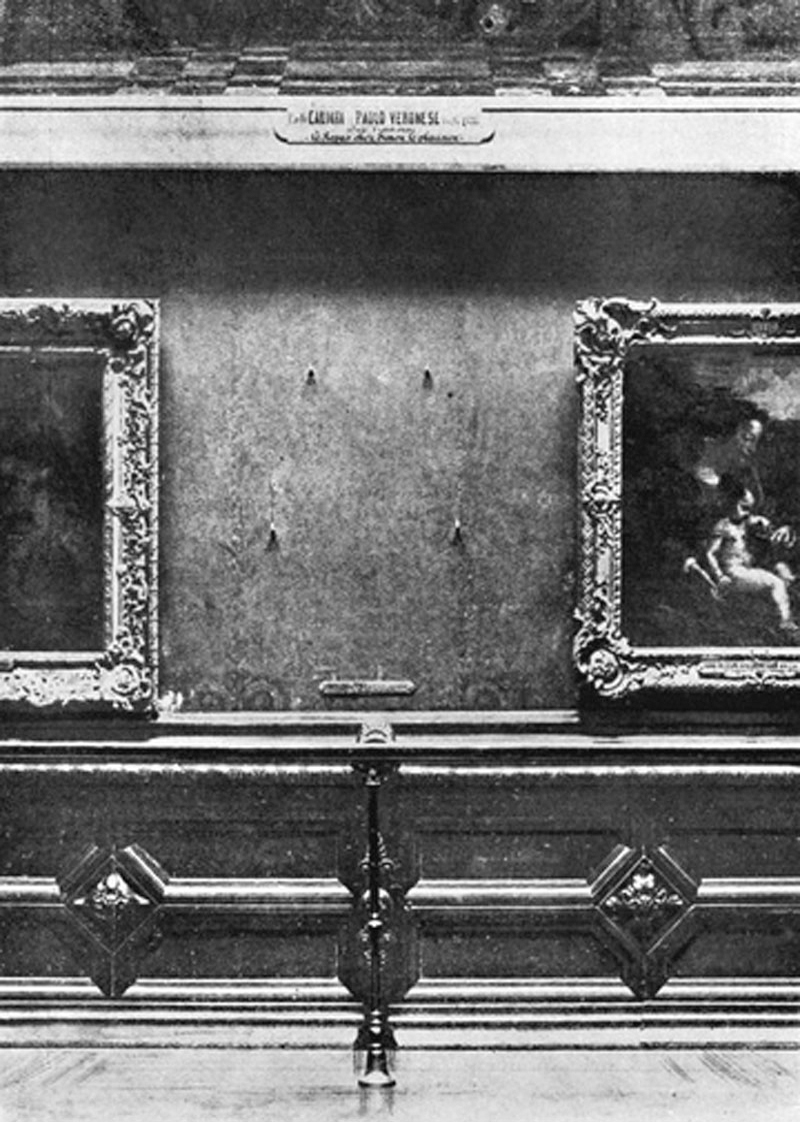Every year, over 8 million visitors from around the globe stand before the enigmatic gaze of "Mona Lisa," a timeless masterpiece that has captivated hearts and minds for over 500 years. This article takes you on a journey beyond the surface, revealing lesser-known facts and intriguing details about Leonardo da Vinci's iconic work. Learn more about the exquisite portrait at yantar.ua and bring a piece of this timeless masterpiece into your own space.

The Artistic Craftsmanship: Leonardo's Unique Approach
Leonardo da Vinci's connection to his magnum opus extended beyond mere brush strokes. His "Treatise on Painting" and notes divulge meticulous details about the creation process. The workshop where "Mona Lisa" was born featured special movable tables, and strategically arranged windows allowed soft, diffused light. This innovative setup facilitated the portrayal of subtle shadows and shades, a technique known as "sfumato." However, this method demanded patience; after a few strokes, Leonardo would let the paints dry for an extended period. Remarkably, microscopic analysis in the 20th century revealed brushstrokes as fine as 30 micrometers, devoid of fingerprints or visible marks.
Leonardo's profound knowledge of anatomy also played a role. Despite societal prohibitions in the 16th century, he dissected corpses, enhancing the realism of the woman's figure in "Mona Lisa."
The Model's Identity: Unraveling the Mystery
Giorgio Vasari's early description tied the painting to Lisa Gherardini, claiming it was a portrait for Francesco Giocondo. However, doubts arise as Vasari, born in 1511, could not have witnessed the creative process. The model, veiled in widow's mourning attire, contradicts the theory, as Francesco Giocondo lived a long life. Other theories propose Constanza from the d'Avallos family or Pacifica Brandano, revealing the elusive identity of the woman with the mysterious smile.
The Captivating Smile: Deciphering Gioconda's Expression
"Mona Lisa's" smile, an enduring mystery, has fascinated artists, psychologists, and even doctors. Described as divinely ironic, it became a symbol of the dichotomy in a woman's love life, according to Freud. Some medical perspectives suggest facial nerve paralysis or missing teeth as explanations for her unique expression. The smile's perception also depends on the viewer's angle, adding another layer of intrigue.

The Stolen Beauty: Disappearance and Rediscovery
In 1911, the world was shocked by the theft of "Mona Lisa" from the Louvre. The perpetrator, Vincenzo Perugia, a former Louvre employee, aimed to return the painting to Italy. Recovered in 1913, the incident heightened the painting's global fame. Today, the Louvre protects the masterpiece with bulletproof glass screens.
Leonardo's Legacy: Recent Revelations and Restoration
In the 21st century, engineer Pascal Cotte's multispectral camera unveiled the original vibrant colors of "Mona Lisa," concealed by centuries of oxidation and restoration. Beyond its visual appeal, the detailed images exposed hidden sketches beneath the surface, providing insights into Leonardo's artistic process.
"Mona Lisa" continues to stand as an epitome of mystery, technical brilliance, and timeless allure. Its influence on art and the perception of female beauty remains an enduring legacy, symbolizing an eternal feminine ideal.
While this article shares intriguing facets of "Mona Lisa," witnessing the masterpiece up close is an experience beyond words. For art enthusiasts, the Yantar Polissya online store offers an exquisite portrait crafted from natural solar gems, allowing you to capture a piece of this timeless beauty in your own space.